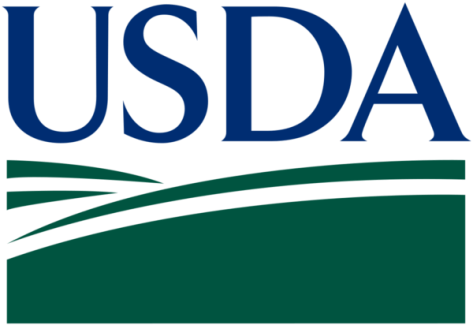What is shrinkage? It is the amount of feed delivered to or raised on the farm that is not consumed by the cattle for which it was intended.
The current costly feed prices mean producers should examine all aspects of the dairy for opportunities that improve efficiencies to reduce shrinkage or waste. Managers who can identify and adjust for inefficiencies such as sorting, social effects and meal patterns can reduce feed costs without losing animal productivity.
Sorting
Wisconsin researchers observed extensive total mixed ration (TMR) sorting in the feed bunk in university and on-farm trials. Factors that contribute to cows sorting include the dry matter (DM) content of forage and feed mixes, particle size of forage and mix, cobs present in corn silage, amount of hay added to the feed mix, quality of hay, frequency of feeding, bunk space and feed access time. This was more evident for TMR containing 40 percent than 20 percent DM alfalfa hay.
One approach is to reduce feed offerings to encourage dairy heifers to consume all or most long feed particles. If sorting is a problem, also consider one or more of the following:
- Feed smaller amounts more frequently
- Add less hay to the mix
- Process hay more finely
- Use higher-quality hay
- Use hay that is more pliable
- Process corn silage
- Add water to drier TMR
- Add a liquid molasses product to TMR to bind fines
Work closely with your nutritionist because every situation differs. Also keep in mind that limit feeding is more conducive to growing heifers than lactating cows, especially early lactation cows. While you can save money reducing feed waste, any loss in milk would more than offset the savings. Don’t give up milk.
Social Effects
Social rank often is closely related to factors such as age and body size. Smaller animals are intimidated by larger animals when individual animal weight in the group of heifers varies by more than 125 pounds. Consequently, intake is compromised and growth rates slowed, regardless of feed quality.
Therefore, special attention to first-calf heifers makes sense. These younger animals often have lower positions in a group’s dominance hierarchy compared with older cows. Because of the effects of aggression at the feed bunk on feeding behavior, managing primiparous cows in a separate group often is beneficial.
Meal Pattern
Ruminal pH declines following meals, with the rate of pH decline increasing as meal size increases and dietary neutral detergent fiber concentration decreasing. Bunk management practices that cause cows to eat fewer and larger meals more quickly may be associated with an increased incidence of ruminal acidosis and subsequent laminitis. Factors that can cause this slug feeding phenomena include:
- Limited bunk space
- Limited feed access time
- Restricted feeding versus feeding for 5 to 10 percent refusal
- Inconsistent feeding schedule, infrequent TMR push-up
- Feed bunk competition
The feeding behavior of group-housed dairy cows is influenced by management practices at the feed bunk and factors associated with the physical and social environment. The feeding pattern of group-housed dairy cows is largely influenced by the timing of fresh feed delivery, and the delivery of fresh feed has a greater impact on stimulating cows to eat than does the return from milking.
Delivering fresh feed more frequently improves access to fresh feed for all cows and reduces sorting of the TMR. This potentially will reduce variations in diet quality consumed by cows, with benefits for milk production. The combination of limited bunk space (less than 1.5 feet per cow) and time to access feed (less than 16 to 20 hours per day) is worse than either situation alone.
Waste comes in many forms, visible and invisible. The portion of feed discarded due to mold or that remains on the ground after loading or in the pen after feeding is easy to see. Quantifying when ingredients are under- or overfed to a group of cattle, or the losses to birds and other wildlife, sorted mixed diets and social order in the pen is more difficult. Applying these techniques can help dairy managers provide the right feed to the right cows at the right time in the right place at the right price.
Source: Dairy Herd Network




